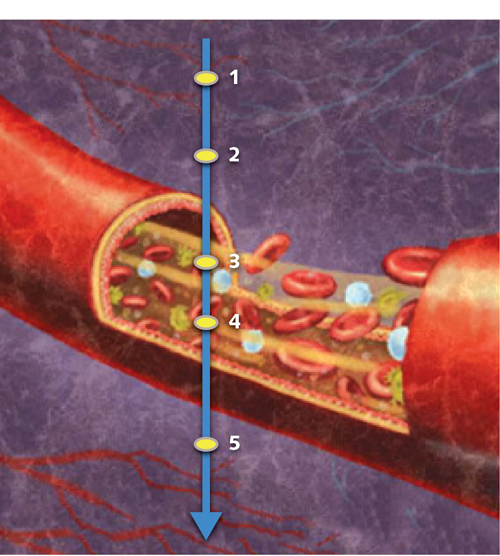


OCT resolution is also superior to non-invasive coronary imaging techniques such as computer tomography coronary angiography (CTCA) and cardiac magnetic resonance (CMR). Axial resolution with OCT is 10-20 micron whereas it is typically only 100-200 micron with intravascular ultrasounds. It uses light in the infrared spectrum with central wavelength between 1,250 and 1,350 nm (3,4). Speed of light being greater than ultrasound, an interferometer is necessary to measure the backscattered light. The system then creates cross sections of the coronary artery allowing for real- and off-line analysis of each section. OCTs measure the echo time delay and the signal intensity after its reflection or back-scattering from the coronary wall structures while simultaneously operating a pull-back along the coronary artery, and thus performing a scan of the segment of interest (1). OCT catheters contain a single optical fiber that emits infrared light.

Infrared light offers greater resolution but less tissue penetration It benefits both therapeutic and research purposes and is also proving able to fill gaps in conventional invasive coronary imaging. OCT in this area has grown and is spreading. In the last years, the need for more precise information regarding coronary artery disease to achieve optimal treatment has seen intravascular imaging becoming an area of primary importance in interventional cardiology. Its general principle of operation is similar to IVUS, however OCT uses infrared light, not ultrasound. Optical coherence tomography (OCT) is a novel invasive imaging technique that produces high resolution intracoronary images.


 0 kommentar(er)
0 kommentar(er)
